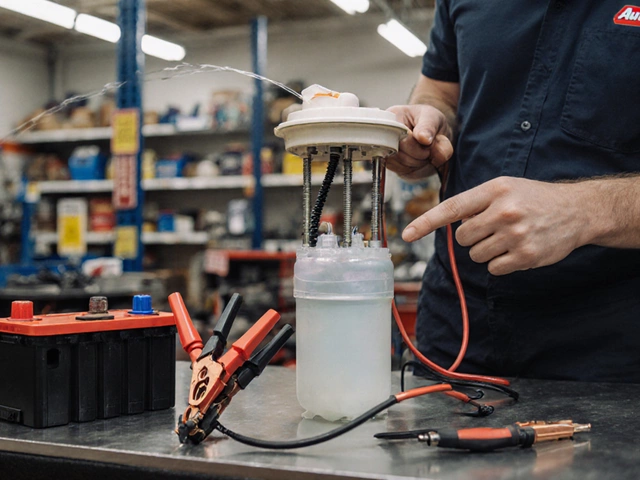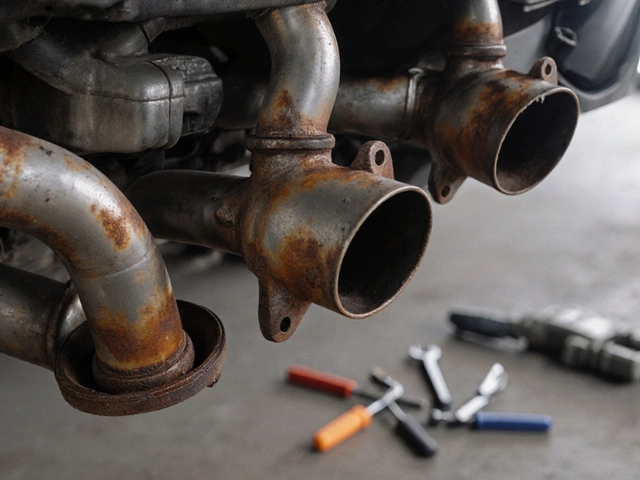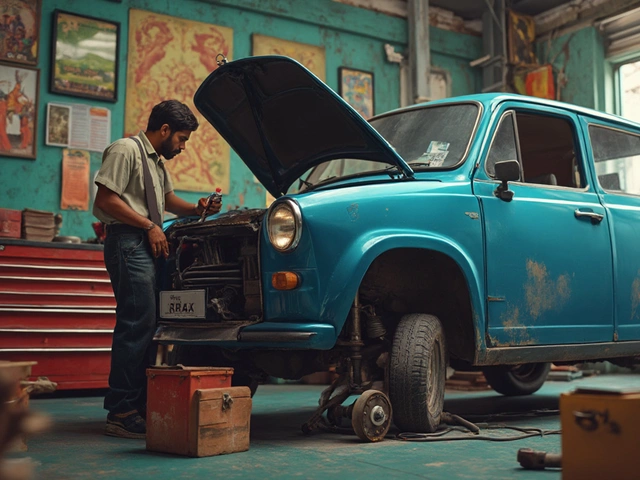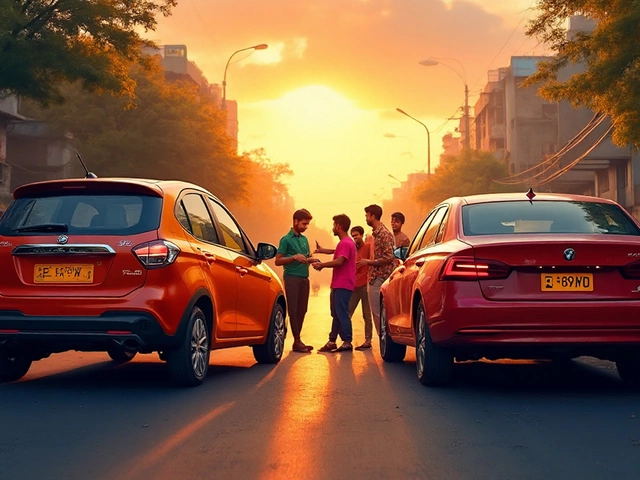Best Wiper Blades: What Works, What Doesn't, and How to Choose
When it comes to clear visibility, nothing beats the right best wiper blades, rubber-and-metal components designed to sweep water, snow, and debris off your windshield for safe driving. Also known as windshield wipers, they’re one of the most overlooked safety features in your car—until you’re squinting through streaks in a downpour. Most people replace them once a year, but not all blades are built the same. Some bend under pressure, others leave smears, and a few actually make visibility worse by chattering or lifting off the glass at highway speeds.
The wiper blade types, include conventional frame-style, frameless beam blades, and hybrid designs that combine both. Also known as wiper blade designs, each has trade-offs: conventional blades are cheap and easy to find, but they can warp over time; frameless blades are aerodynamic and resist snow buildup, but cost more; hybrids offer the best of both, with a solid frame and flexible rubber. If you live in a place with heavy rain or snow, you want blades with a rubber compound that doesn’t harden in cold weather. Brands like Bosch, Rain-X, and Michelin make blades that stay flexible below freezing and grip the glass evenly. Cheaper blades might look fine when new, but they’ll start skipping after a few months.
Don’t ignore the wiper blade replacement, the simple act of swapping out old blades for new ones to restore clear vision and prevent scratches. Also known as wiper maintenance, it’s not just about replacing rubber—it’s about matching the size, connector type, and curvature to your car’s windshield. Your owner’s manual tells you the exact length, but if you’re unsure, most auto parts stores have lookup tools. Installing them takes less than five minutes. Skip the cheap ones sold in bulk packs—they’re often made for generic fits, not your specific model. A good set lasts 6 to 12 months, depending on sun exposure and how often you use them.
Some drivers think upgrading to premium blades is a waste, but if you drive in all kinds of weather, it’s one of the smartest safety buys you’ll make. Poor wiper performance doesn’t just annoy you—it increases reaction time. Studies show that visibility drops by up to 40% with worn blades during heavy rain. That’s not a small risk. The wiper blade performance, how well the blade clears water without streaking, chattering, or lifting. Also known as clearing efficiency, depends on the frame’s pressure distribution, the rubber’s elasticity, and even the coating on the blade edge. Look for blades with a hydrophobic coating—they repel water better and reduce the need for frequent wiping.
You’ll find plenty of posts here on what to avoid—like using wipers on a dry windshield, or ignoring cracked rubber until it’s too late. We’ve got real-world tests, cost comparisons, and tips from mechanics who’ve seen what happens when people delay replacements. Whether you’re driving a compact sedan or a tall SUV, the right blades make a difference. No magic, no gimmicks—just clear glass when you need it most.
Silicone vs Rubber Wiper Blades: Which One Lasts Longer and Performs Better?
Silicone wiper blades last longer, perform better in rain and snow, and reduce noise compared to rubber blades. Find out which one is truly better for your car in New Zealand's tough weather.
CONTINUE READING







